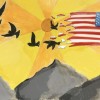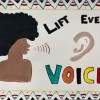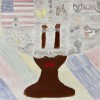
Introduction
More than 75 years ago, a young artist named Jacob Lawrence set to work on an ambitious 60-panel series portraying the Great Migration, the flight of over a million African Americans from the rural South to the industrial North following the outbreak of World War I. By Lawrence's own admission, this was a broad and complex subject to tackle in paint, one never before attempted in the visual arts. Yet, Lawrence had spent the past three years addressing similar themes of struggle, hope, triumph, and adversity in his narrative portraits on the lives of Harriet Tubman, leader of the Underground Railroad (1940), Frederick Douglass, abolitionist (1939), and Toussaint L'Ouverture, liberator of Haiti (1938).
Lawrence found a way to tell his own story through the power and vibrancy of the painted image, weaving together 60 same-sized panels into one grand epic statement. Before painting the series, Lawrence researched the subject and wrote captions to accompany each panel. Like the storyboards of a film, he saw the panels as one unit, painting all 60 simultaneously, color by color, to ensure their overall visual unity. The poetry of Lawrence's epic statement emerges from its staccato-like rhythms and repetitive symbols of movement: the train, the station, ladders, stairs, windows, and the surge of people on the move carrying bags and luggage.
Following the example of the West African storyteller or griot, who spins tales of the past that have meaning for the present and the future, Lawrence tells a story that reminds us of our shared history and at the same time invites us to reflect on the universal theme of struggle in the world today: “To me, migration means movement. There was conflict and struggle. But out of the struggle came a kind of power and even beauty. 'And the migrants kept coming' is a refrain of triumph over adversity. If it rings true for you today, then it must still strike a chord in our American experience.”
Filter by
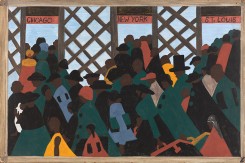
During World War I there was a great migration north by southern African Americans. 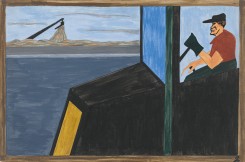
The war had caused a labor shortage in northern industry. Citizens of foreign countries were returning to their native lands. 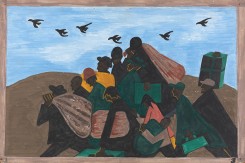
From every southern town migrants left by the hundreds to travel north. 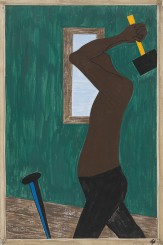
All other sources of labor having been exhausted, the migrants were the last resource. 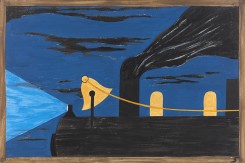
Migrants were advanced passage on the railroads, paid for by northern industry. Northern industry was to be repaid by the migrants out of their future wages. 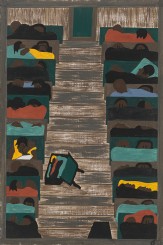
The trains were crowded with migrants. 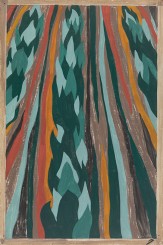
The migrant, whose life had been rural and nurtured by the earth, was now moving to urban life dependent on industrial machinery. 
Some left because of promises of work in the North. Others left because their farms had been devastated by floods. 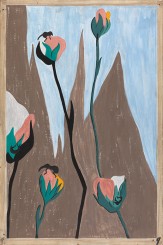
They left because the boll weevil had ravaged the cotton crop. 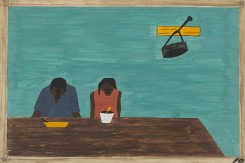
They were very poor. 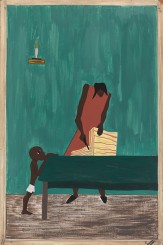
Food had doubled in price because of the war. 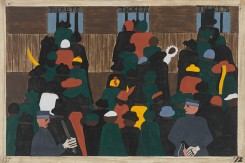
The railroad stations were at times so crowded with people leaving that special guards had to be called to keep order. 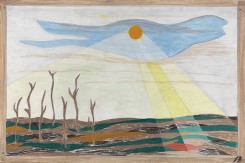
The crops were left to dry and rot. There was no one to tend them. 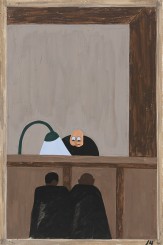
For African Americans there was no justice in southern courts. 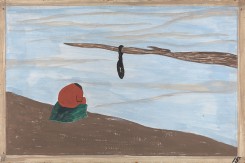
There were lynchings. 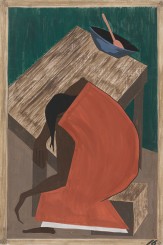
After a lynching the migration quickened. 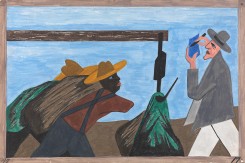
Tenant farmers received harsh treatment at the hands of planters. 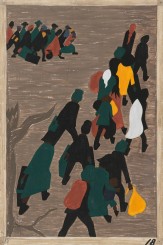
The migration gained in momentum. 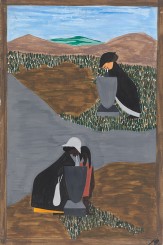
There had always been discrimination. 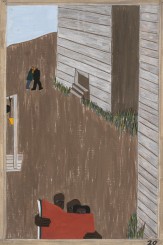
In many of the communities the black press was read with great interest. It encouraged the movement. 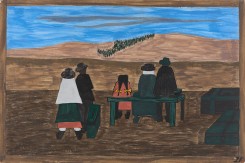
Families arrived at the station very early. They did not wish to miss their trains north. 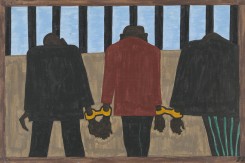
Migrants left. They did not feel safe. It was not wise to be found on the streets late at night. They were arrested on the slightest provocation. 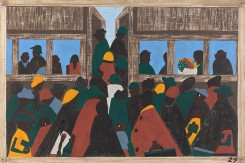
The migration spread. 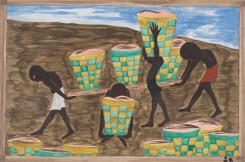
Their children were forced to work in the fields. They could not go to school. 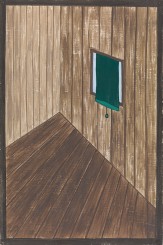
They left their homes. Soon some communities were left almost empty. 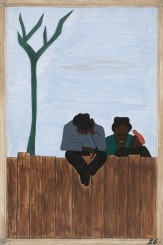
And people all over the South continued to discuss this great movement. 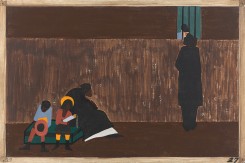
Many men stayed behind until they could take their families north with them. 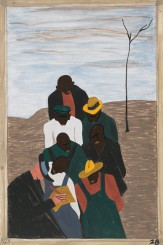
The labor agent sent south by northern industry was a familiar presence in the black communities. 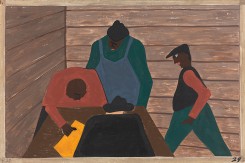
The labor agent recruited unsuspecting laborers as strike breakers for northern industries. 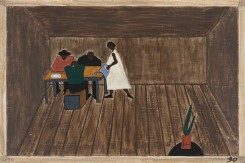
In every southern home people met to decide whether or not to go north. 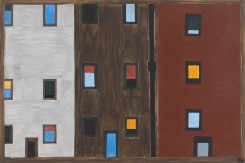
The migrants found improved housing when they arrived north. 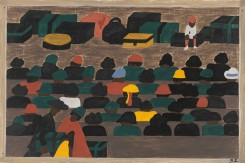
The railroad stations in the South were crowded with northbound travelers. 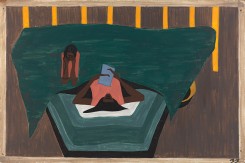
Letters from relatives in the North told of the better life there. 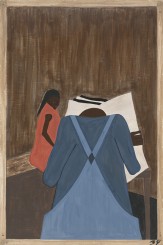
The black press urged the people to leave the south. - 34Next
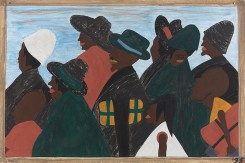
They left the South in great numbers. They arrived in the North in great numbers. 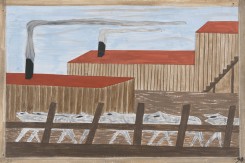
Migrants arrived in Chicago, the gateway to the West. 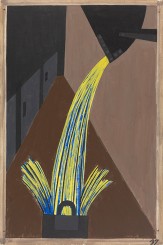
Many migrants found work in the steel industry. 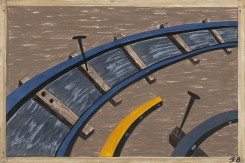
They also worked on the railroads. 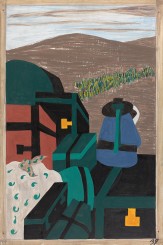
Railroad platforms were piled high with luggage. 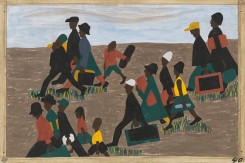
The migrants arrived in great numbers. 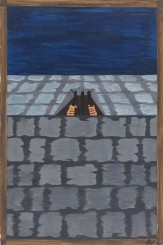
The South was desperate to keep its cheap labor. Northern labor agents were jailed or forced to operate in secrecy. 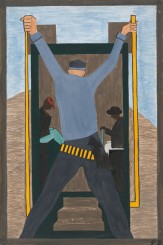
To make it difficult for the migrants to leave, they were arrested en masse. They often missed their trains. 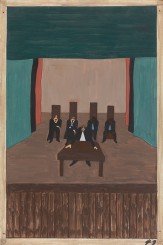
In a few sections of the South leaders of both black and white communities met to discuss ways of making the South a good place to live. 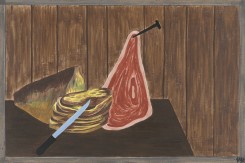
But living conditions were better in the North. 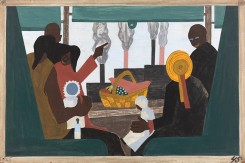
The migrants arrived in Pittsburgh, one of the great industrial centers of the North. 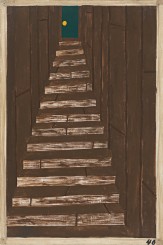
Industries boarded their workers in unhealthy quarters. Labor camps were numerous. 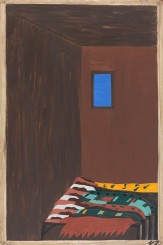
As the migrant population grew, good housing became scarce. Workers were forced to live in overcrowded and dilapidated tenement houses. 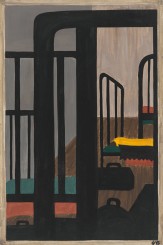
Housing was a serious problem. 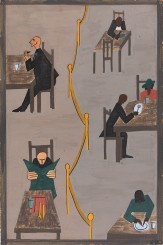
They found discrimination in the North. It was a different kind. 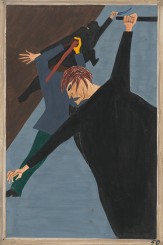
Race riots were numerous. White workers were hostile toward the migrant who had been hired to break strikes. 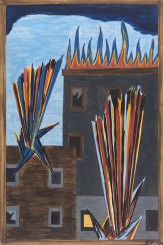
African Americans seeking to find better housing attempted to move into new areas. This resulted in the bombing of their new homes. 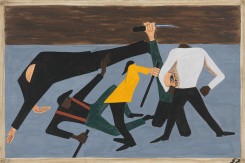
One of the most violent race riots occured in East St. Louis. 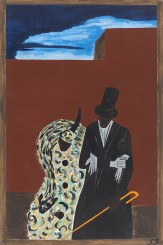
African Americans, long-time residents of northern cities, met the migrants with aloofness and disdain. 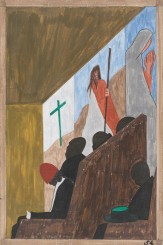
For migrants, the church was the center of life. 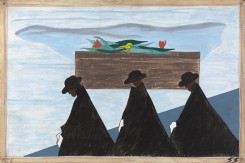
The migrants, having moved suddenly into a crowded and unhealthy environment, soon contracted tuberculosis. The death rate rose. 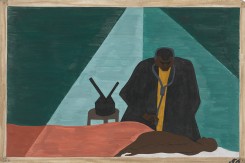
The African American professionals were forced to follow their clients in order to make a living. 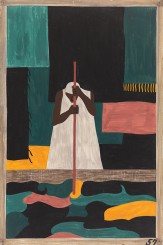
The female workers were the last to arrive north. 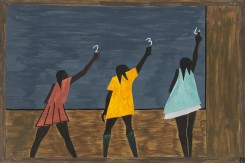
In the North the African American had more educational opportunities. 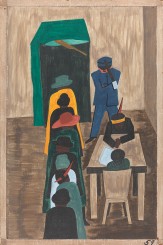
In the North they had the freedom to vote. 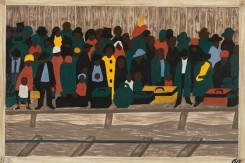
And the migrants kept coming.
#Panel61

Curated Responses#Panel61Your #Panel61


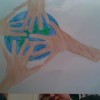

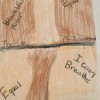


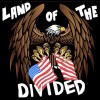
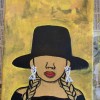
Share your work What does panel 61 mean to you?

